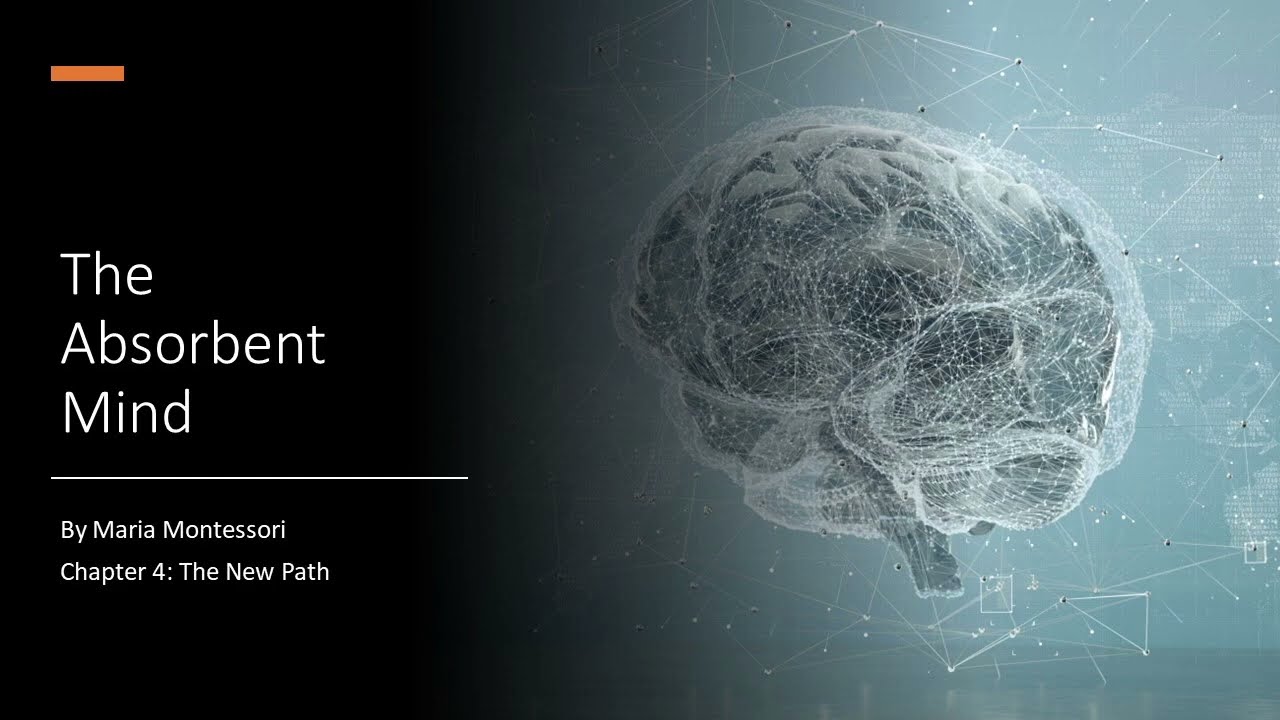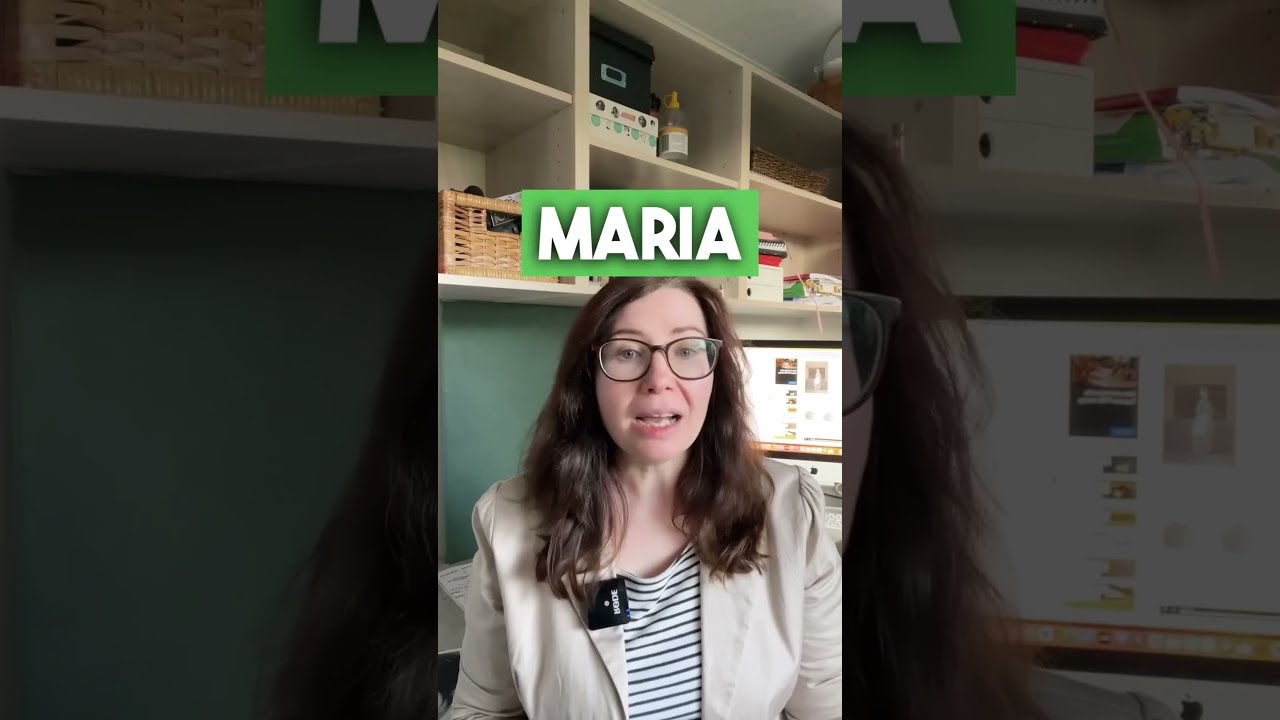
As parents, educators, or caregivers, we are always seeking to understand how children learn and how we can best support their development. One of the most important concepts in early childhood education is the “absorbent mind.” In this article, we will explore what it means, how it works, and why it is so crucial for young children’s growth.
What is the Absorbent Mind?

The absorbent mind is a term coined by Dr. Maria Montessori, an Italian physician and educator. According to Montessori, the absorbent mind is the ability of young children to effortlessly soak up information from their environment and incorporate it into their mental schema. She believed that during the first six years of life, children possess an especially powerful absorbent mind, which is critical for laying the foundation for future learning.
How Does the Absorbent Mind Work?

The absorbent mind is divided into two distinct phases: the unconscious absorbent mind and the conscious absorbent mind. During the first three years of life, the child’s mind is primarily in the unconscious absorbent mind stage. This means that they are absorbing information without any conscious effort, as if through osmosis. They do not need to be taught to speak, walk, or interact with others; they simply absorb these skills and abilities from their environment.
Around age three, the child enters the conscious absorbent mind stage, which lasts until around age six. At this point, the child becomes more aware of their surroundings and begins to exercise intentional control over their learning. However, they are still highly receptive to information and continue to learn primarily through direct experiences with their environment.
Why is the Absorbent Mind Important?

The absorbent mind is important because it allows children to learn effortlessly and efficiently during a critical period of their development. By providing a rich, stimulating environment filled with opportunities for exploration and discovery, we can support children’s natural curiosity and help them build a strong foundation for future learning.
Additionally, understanding the absorbent mind can help us approach education in a more developmentally appropriate way. By recognizing that young children thrive on hands-on experiences rather than passive instruction, we can create learning environments that are engaging, meaningful, and effective.
Strategies for Supporting the Absorbent Mind

If you want to support your child’s absorbent mind, there are several strategies you can try:
- Provide a rich environment: Create an environment that is filled with interesting and stimulating materials for your child to explore. This could include things like books, puzzles, blocks, art supplies, and nature objects.
- Encourage exploration: Allow your child to freely explore their environment without too much intervention or direction from you. Follow their lead and be open to their curiosity.
- Model curiosity: Show your child that you are curious about the world around you. Ask questions, investigate new things, and share your interests and passions.
- Provide hands-on experiences: Provide opportunities for your child to engage in hands-on activities, such as cooking, gardening, building, and experimenting. These types of activities allow children to learn through direct experience and build important skills and knowledge.
- Create a routine: Establish a predictable routine, including regular times for meals, sleep, and play. This helps children feel secure and allows them to focus more fully on learning.
Common Misconceptions about the Absorbent Mind
There are several common misconceptions about the absorbent mind that are worth addressing:
- Misconception
1: The absorbent mind is specific to Montessori education. While Dr. Montessori did popularize the concept of the absorbent mind, it is a universal phenomenon that occurs in all children during the first six years of life.
- Misconception
2: The absorbent mind is only active during the first three years of life. While the first three years are the most important in terms of the unconscious absorbent mind, children continue to have a highly receptive conscious absorbent mind until around age six.
- Misconception
3: The absorbent mind means that children can learn anything without effort. While children do have a natural ability to learn, it still requires effort and support from caring adults to create an environment that fosters growth and development.
FAQs
What are some signs that my child is in the unconscious absorbent mind stage?
Signs that your child is in the unconscious absorbent mind stage include effortlessly learning language, movement, and social skills without explicit instruction or direction.
Can the absorbent mind be reactivated later in life?
While the absorbent mind is most powerful during the first six years of life, there is evidence to suggest that it can be reactivated to some degree later in life through intentional learning experiences.
Does technology interfere with the absorbent mind?
There is some concern that excessive screen time and passive consumption of media can interfere with the natural development of the absorbent mind. While technology can be a useful tool when used intentionally and in moderation, it is important to prioritize hands-on experiences and real-world interactions for young children.
Can the absorbent mind be “overloaded”?
While young children have an incredible capacity for learning, it is important to remember that they are still developing and need time for rest, play, and exploration. Providing too much stimulation or information at once can be overwhelming and counterproductive.
What role do caregivers play in supporting the absorbent mind?
Caregivers play a critical role in creating an environment that supports children’s natural ability to learn. By providing opportunities for exploration, modeling curiosity and enthusiasm, and offering supportive guidance and feedback, caregivers can help children build a strong foundation for future learning and success.
Conclusion
In conclusion, the absorbent mind is a powerful phenomenon that plays a crucial role in young children’s learning and development. By understanding how it works and how we can support it, we can create environments that foster natural curiosity, engagement, and growth. Whether you are a parent, educator, or caregiver, taking the time to prioritize the absorbent mind can lead to lasting benefits for children in all areas of life.


